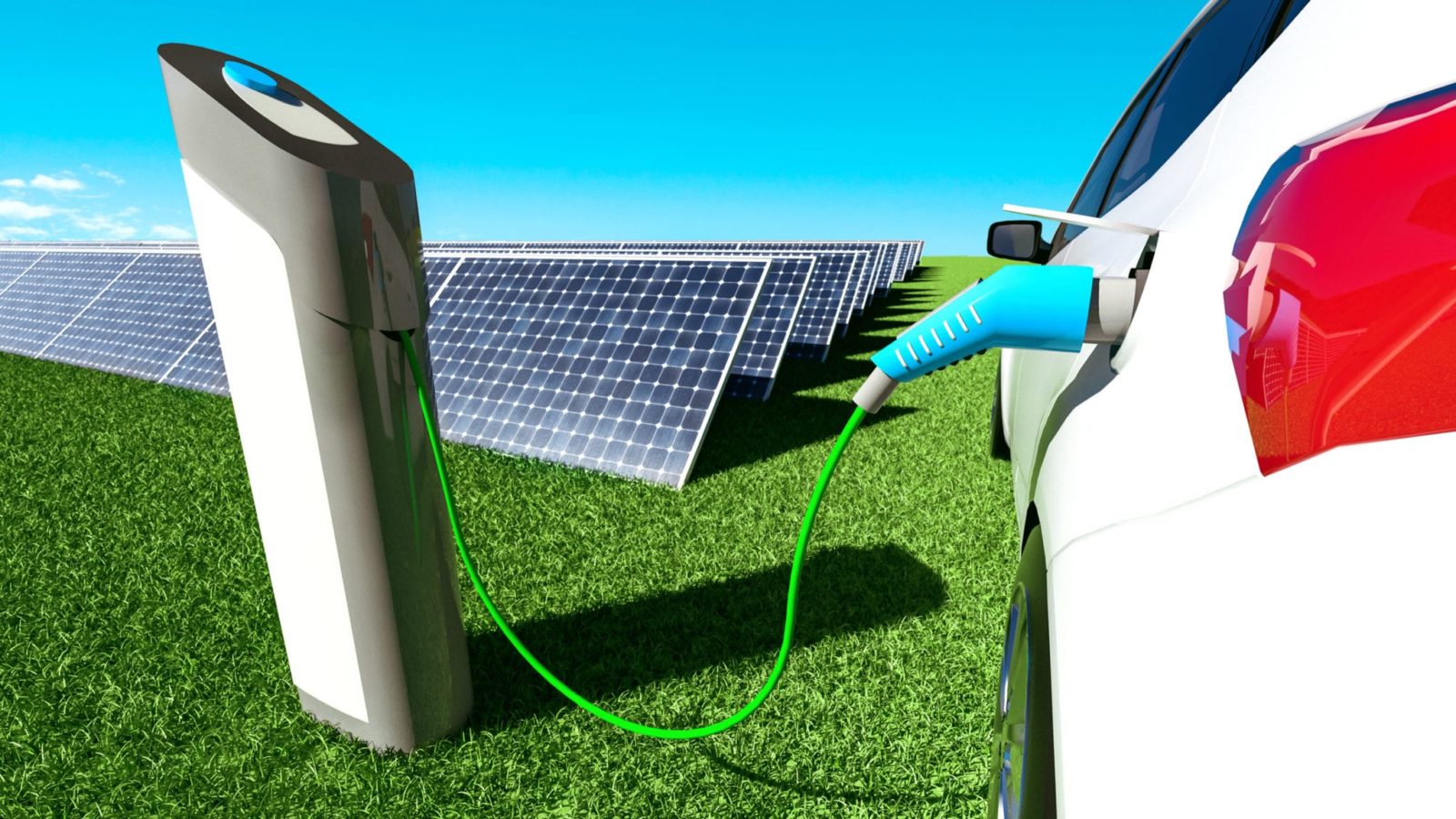The urgent need to solve environmental issues, cut carbon emissions, and develop a sustainable future for transportation has caused a paradigm change in the automotive sector. The incorporation of green energy technologies into automobile innovation is crucial to this shift. In order to achieve the aim of emissions-free roadways, where no tailpipe pollutants are produced by automobiles, the industry is moving towards this vision. In this essay, we examine the technologies, advantages, difficulties, and prospects for a greener, more sustainable transportation environment as we explore the crucial role of green energy in automotive innovation.
The Need for Roads Free of Emissions
It is indisputable that typical petrol and diesel-powered cars and trucks contribute to poor air quality and global warming. Particulate matter (PM), nitrogen oxides (NOx), and carbon dioxide (CO2) emissions all have an impact on global warming, smog, and respiratory illnesses. Beyond simple environmental responsibility, switching to emissions-free roadways is crucial for the wellbeing of our world and future generations.
Solutions for Green Energy: Electrification
The electrification of vehicles provides the basis for emissions-free highways. Internal combustion engine (ICE) vehicles are being replaced with electric vehicles (EVs), which provide a clean and efficient alternative. Battery-powered electric vehicles (EVs) don’t have tailpipe emissions, which lowers demand for fossil fuels.
Modernization of the Battery Industry
The quick development of battery technology is one of the factors fueling the advent of electric vehicles. The market for electric vehicles has undergone a revolution because to lithium-ion batteries, which have greater energy densities and longer life cycles. These batteries make EVs a feasible option for a variety of consumers by enabling greater driving distances, quicker charging periods, and improved overall performance.
Electric vehicle advantages
Electric vehicles have zero tailpipe emissions, which helps to improve air quality and cut down on greenhouse gas emissions.
Energy Efficiency: EVs use less energy than conventional ICE cars do. They lower overall energy usage by converting a higher proportion of grid electricity to power at the wheels.
cheaper Maintenance expenses: EVs have fewer moving components than traditional cars, which results in cheaper operating expenses. Furthermore, the price of power for charging is frequently less expensive than the price of petrol.
Smooth and Quiet: Compared to internal combustion engines (ICE), electric vehicles provide a smoother and quieter driving experience, which helps to lessen noise pollution in urban areas.
Opportunities and Challenges
Despite the obvious advantages of electric vehicles, there are still a number of obstacles in the way of their broad adoption.
Infrastructure for Charging: To facilitate the switch to electric vehicles, there must be a sufficient number of charging stations, especially rapid chargers. To combat range anxiety, the infrastructure for charging devices must be expanded.
Although the price of electric vehicles has been dropping, some users may still find the initial fees to be prohibitive. EVs can be made more accessible with the aid of incentives and encouraging regulations.
Battery Production and Recycling: As the market for electric vehicles (EVs) expands, it is essential to provide environmentally friendly battery production and recycling procedures.
Range Anxiety: Consumer adoption of electric vehicles may be impacted by worries about their range. The development of charging networks as well as ongoing battery technological developments are essential.
Consumer Education: For consumers to adopt electric vehicles, it is crucial to raise knowledge of their advantages, debunk common misconceptions, and provide information on charging choices.
Hydrogen Fuel Cell Vehicles: Beyond EVs
Hydrogen fuel cell vehicles (FCVs), a possible alternative to the electric vehicles that currently dominate the discourse about emissions-free roadways, are gaining popularity. FCVs burn hydrogen as fuel, which is chemically reacted with oxygen in a fuel cell to produce electricity, leaving only water vapour as a byproduct.
Benefits of Vehicles Using Hydrogen Fuel Cells
Zero Emissions: Hydrogen fuel cell vehicles have no emissions from the tailpipe, making them a healthy and green option.
Fast Refuelling: Hydrogen FCVs can be refuelled fast, much like conventional gasoline-powered vehicles, unlike electric vehicles, which take time to charge.
Longer Range: Compared to solely electric vehicles, hydrogen FCVs frequently offer longer driving ranges, making them appropriate for long-distance travel.
Opportunities and Challenges
Vehicles powered by hydrogen fuel cells have special advantages, but they also have drawbacks.
Building an extensive network of hydrogen refuelling stations is necessary to facilitate the adoption of FCVs.
Advancements in renewable hydrogen production techniques are necessary to meet the challenge of producing hydrogen in a sustainable and economical way.
Cost: The infrastructure needed to build hydrogen refuelling stations and produce hydrogen fuel cells can be expensive, which affects how much FCVs cost.
For hydrogen FCVs to be accepted and adopted, it is essential to educate customers about their advantages and viability.
Integration of Renewable Energy
Electric and hydrogen fuel cell car energy must also be green and renewable in order to reach genuinely emissions-free roadways. The clean energy required to charge these vehicles can be obtained through the grid integration of solar and wind energy, as detailed in other articles, which results in a synergistic approach to sustainable transportation.
Collaboration and Support for Policy
Governments, businesses, and consumers must work together to transition to emissions-free roadways. Accelerating the transition to a cleaner transportation ecosystem requires supportive policies, such as emissions laws, incentives for the use of electric vehicles, investments in charging infrastructure, and research into renewable energy sources.
The Future: Towards a Greener World
Because of technical advancement, rising consumer demand for sustainable solutions, and a shared commitment to a cleaner environment, the ideal of emissions-free roadways is within reach. The car industry’s commitment to cutting emissions and embracing renewable energy options is influencing how people will travel in the future.
We’re getting closer to a transportation ecosystem that supports our environmental objectives as electric vehicles become more affordable, charging infrastructure grows, and renewable energy integration advances. The future is one that is greener and more sustainable thanks to the force of green energy fueling innovation.
